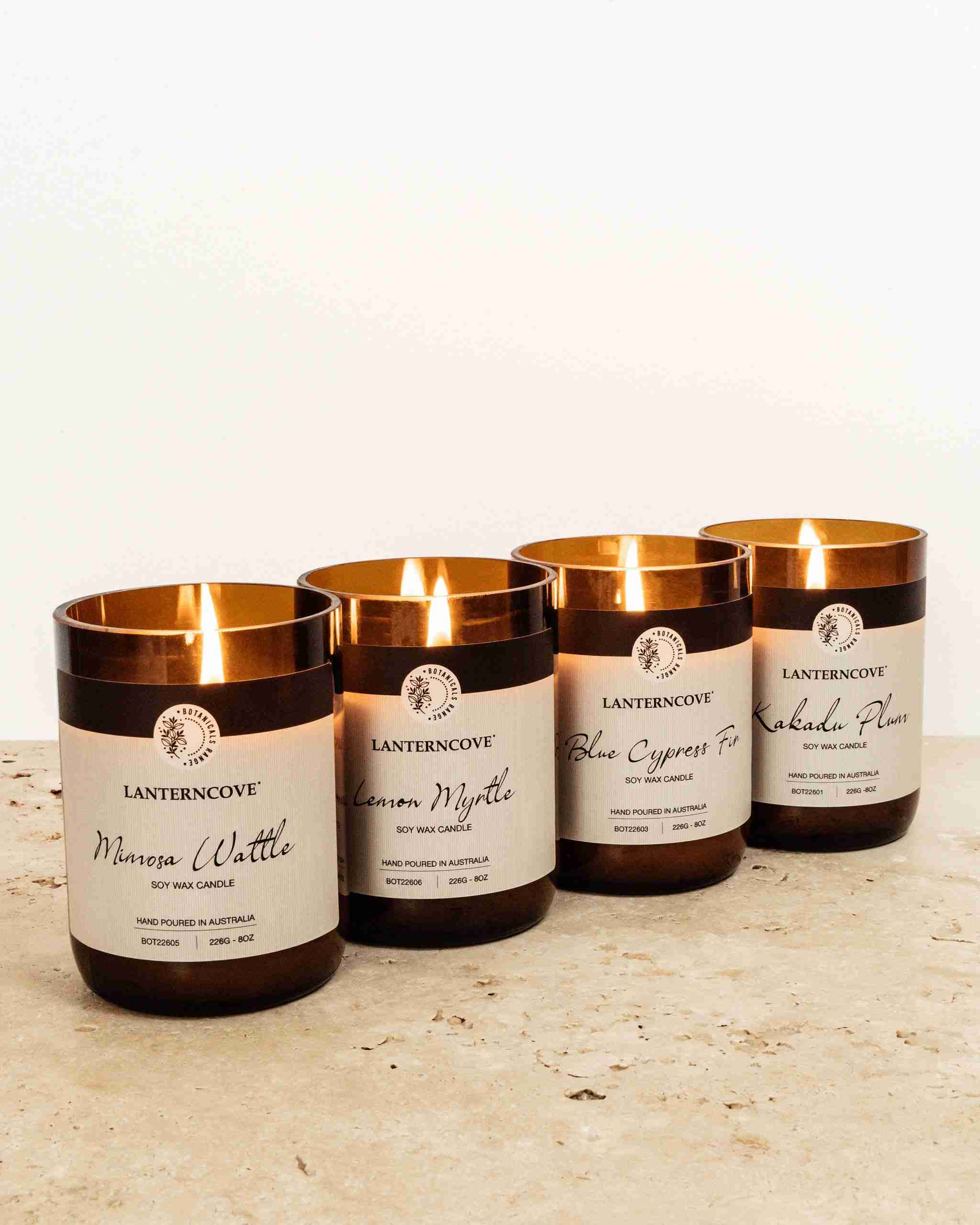Produce Atmosphere with Handcrafted Soy Wax Candles and Home Fragrance
Produce Atmosphere with Handcrafted Soy Wax Candles and Home Fragrance
Blog Article
From Wick to Wax: Understanding the Chemistry Behind Soy Wax Candles and Their Environmental Impact
As we illuminate our rooms with the warm radiance of candle lights, there exists a world of detailed chemistry behind the apparently basic act of lighting a soy wax candle light. Join us as we unwind the scientific ins and outs behind soy wax candle lights and explore their implications on our atmosphere.
Soy Wax Vs. Paraffin Wax
When comparing soy wax and paraffin wax for candle light production, it is important to comprehend the distinctive characteristics and advantages of each material. Soy wax is a natural, sustainable resource stemmed from soybean oil, making it biodegradable and green - soy candles. On the other hand, paraffin wax is a byproduct of petroleum refining, which raises issues regarding its ecological effect and sustainability
Soy wax candle lights shed cleaner and discharge much less residue contrasted to paraffin wax candles, making them a healthier choice for interior air top quality. In addition, soy wax has a lower melting factor, permitting a longer-lasting candle that disperses fragrance more efficiently. Paraffin wax, on the other hand, has a tendency to shed faster and much less cleanly, potentially launching unsafe chemicals into the air.
From a sustainability viewpoint, soy wax is preferred for its biodegradability and renewable sourcing, aligning with the growing customer choice for eco aware items. While paraffin wax has been a traditional selection in candle making due to its price and simplicity of use, the shift towards eco-friendly alternatives like soy wax is gaining momentum in the industry.
Chemical Make-up of Soy Wax

Combustion Process in Soy Candles
The chemical structure of soy wax directly influences the burning process in soy candle lights, affecting elements such as burn time, fragrance release, and ecological influence. When a soy candle light is lit, the heat from the fire melts the wax near the wick.
The burning performance of soy candles is affected by the purity of the soy wax and the top quality of the wick. A clean-burning soy candle with an effectively sized wick will generate a consistent flame and reduce soot development. This not just prolongs the burn time of the candle light but also boosts the release of scents. Additionally, soy wax candles have a lower environmental influence contrasted to paraffin candles as a result of their eco-friendly and renewable nature.

Environmental Benefits of Soy Wax

Thought about a lasting alternative to conventional paraffin wax, soy wax provides noteworthy environmental advantages that make it a preferred option amongst eco-conscious consumers. Soy wax burns cleaner and produces less visit this web-site residue than paraffin wax, adding to much better indoor air high quality and decreasing the need for cleansing and upkeep. On the whole, the environmental advantages of soy wax align with the expanding need for environment-friendly and sustainable items in the market.
Recycling and Disposal Considerations
Reusing and correct disposal of soy wax candles play an try this essential function in preserving environmental sustainability and reducing waste in homes and communities. When it involves recycling soy wax candles, the first action is to make sure that the candle light has shed entirely. This can be accomplished by permitting the candle light to melt until the wick is no much longer usable, and afterwards letting the staying wax cool and solidify. As soon as the wax has strengthened, it can be carefully eliminated from the container.

In terms of disposal, if recycling is not an option, soy wax candle lights are naturally degradable and can be securely thrown away in many household waste systems. It is company website always recommended to examine with regional recycling facilities or waste management services for details standards on candle light disposal to ensure correct handling and environmental protection.
Final Thought
In conclusion, the chemistry behind soy wax candles discloses their environmental advantages over paraffin wax candle lights. Soy wax, stemmed from soybean oil, burns cleaner and generates less soot when compared to paraffin wax. The combustion process in soy candle lights is extra reliable, resulting in a longer and a lot more also shed. Furthermore, soy wax is eco-friendly and renewable, making it a more lasting option for candle light manufacturing. Recycling and appropriate disposal of soy wax candle lights further add to their ecological influence.
When comparing soy wax and paraffin wax for candle making, it is important to recognize the distinct features and benefits of each product (home fragrance).Soy wax candle lights burn cleaner and release less soot contrasted to paraffin wax candles, making them a much healthier choice for indoor air high quality.Taken into consideration a lasting choice to standard paraffin wax, soy wax supplies notable ecological advantages that make it a popular option among eco-conscious customers. Soy wax burns cleaner and produces much less residue than paraffin wax, contributing to far better interior air high quality and reducing the need for cleansing and maintenance.In verdict, the chemistry behind soy wax candles exposes their environmental advantages over paraffin wax candles
Report this page